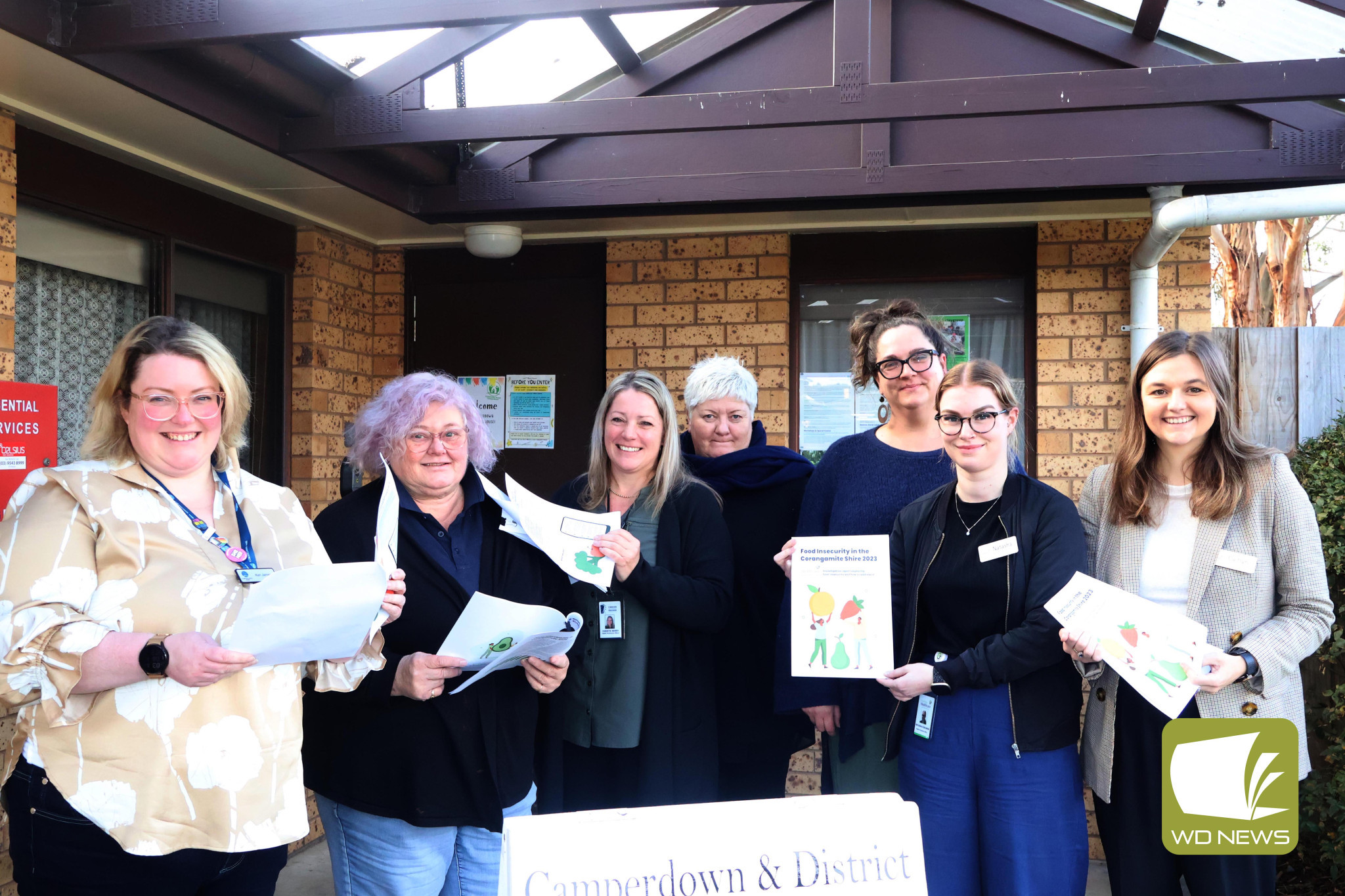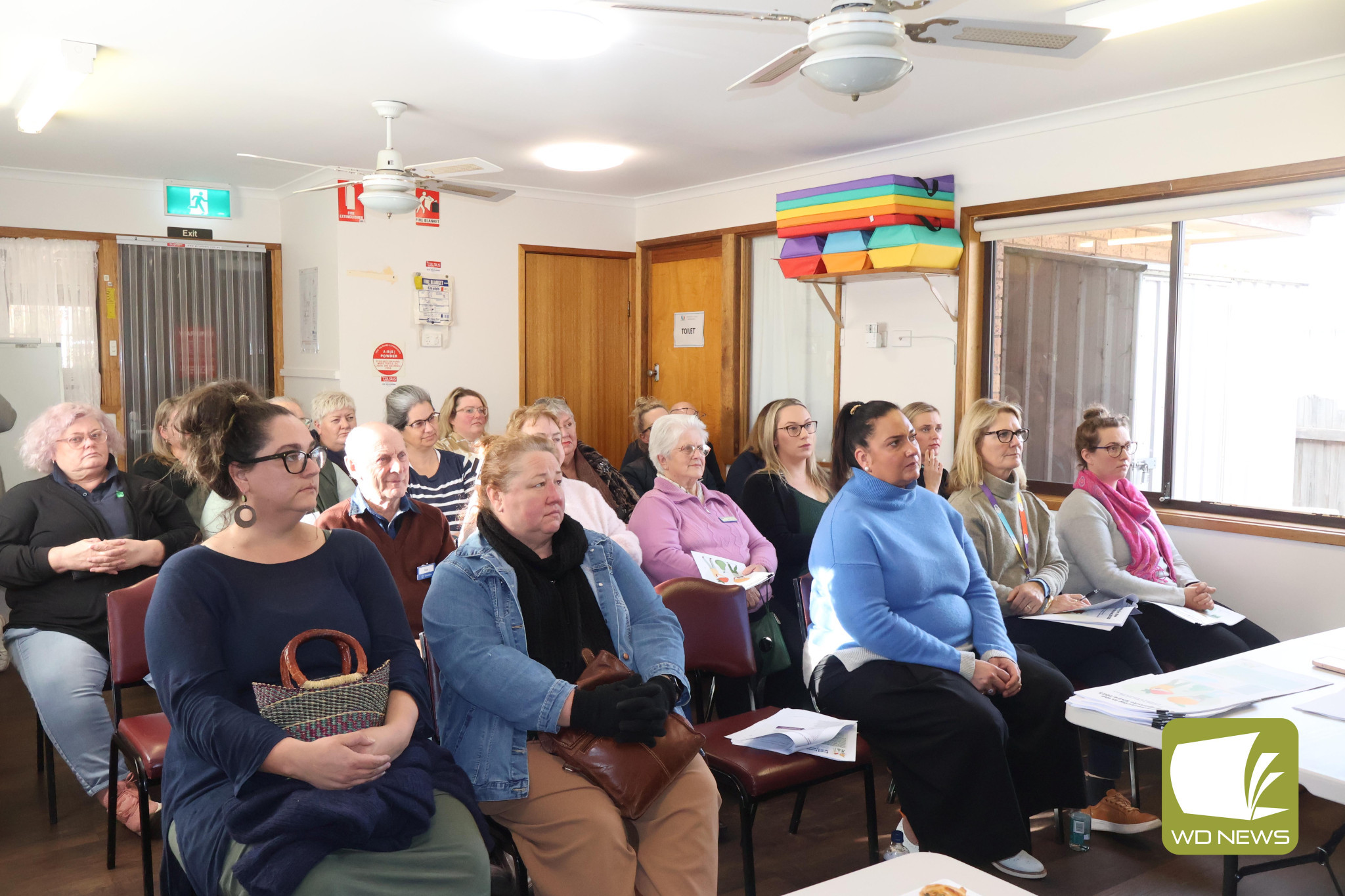Community
21 June, 2024
Services learn more about food insecurity
DISTRICT Community health and wellbeing services came together at the Camperdown and District Community House on Tuesday to learn more about the findings of South West Healthcare (SWH)’s report into food insecurity in the Corangamite Shire.

The investigation, conducted by SWH’s Health Promotion team, included a community food survey, mapping of food outlets, analysis of food costs and community consultation with both community members and professionals working in the shire.
The Food Insecurity in the Corangamite Shire 2023 report, launched on Tuesday, June 18, found over 50 per cent of people who experienced food insecurity answered, “not enough money” and “food costs too much at the local shops” as reasons for being unable to eat enough of the foods they would like.
SWH Healthy Communities coordinator Caitlyn Hoggan said the community survey found 43 per cent of Corangamite residents experienced food insecurity in recent years.
“Survey results also found that the cost of food in Corangamite is particularly high in comparison to other larger regional centres and the added travel costs associated with accessing food across the geographically large and sparse region means that residents face added difficulties regarding food affordability,” she said.
“Some of the main strategies residents used to cope with high food costs was to buy food on sale, eat less meat, and eat less fruit and vegetables.
“The survey also found that only 27 per cent of households in Corangamite eat vegetables more than once a day and this is even lower in food insecure households.”
Ms Hoggan said the health promotion team utilised the nationally-recognised Healthy Diets Australian Standardised Affordability and Pricing (ASAP) protocol, to measure the affordability of food in Corangamite during their investigations.
“Food items across 10 supermarkets in the shire were recorded to establish the cost of a fortnightly shop for a family of four,” she said.
“Whilst price varied greatly across the supermarkets, what was consistent was the basket of food chosen to align with the Australian Dietary guidelines was on average 19 per cent more affordable than the basket reflective of the current Australian diet.
“There is often a misconception that a healthy diet is really expensive, however research shows that a diet containing take-away food, alcohol and processed foods is actually more expensive.
“Eating a diet high in fruits and vegetables is not only more affordable, but it can also provide protection against many chronic diseases, while giving us the energy and nutrients we need to go about our day and feel good.”
The final report, compiled from the results of the survey, makes several recommendations to improve Corangamite residents’ access to affordable food, including promotion of local food initiatives, promotion of local produce, opportunities for people to connect over food, workshops and resources to support people to build their skills and knowledge and creating healthier retail environments locally.
